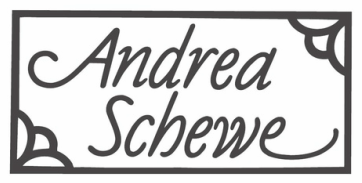I have an old Simplicity tutu pattern that calls for tarlatan for the skirt.
Why was this fabric chosen and when did tutus start to be made with tulle?
The internet to the rescue!
I learned the word "tutu" is french baby talk for bottom at Class Act Tutu and Dancewear.
But, I found a website with almost to much information. It looks like many people contributed to it, but no one organized it. The website is called Dance Photo. It's worth a visit, but I cut and pasted the stuff I was interested in below. I wonder who wrote this ... I corrected some of the spelling, I'm not even sure what some of the words mean, but it's still informative.
- THE TARLATAN
Tarlatan is imported from Indias. Its french making stands in Tarare, near Lyon. It is a cotton pack, featuring a much wide weaving, much appreciated. Tarlatan is mainly used for making evening dresses, hair dresses and underwear. Also used for patterns, furnishing, health, ... Some say that tarlatan is the young women's preferred pach. It is as nice as tulle, more solid and cheaper After WW II, tutu's underskirts are made of tarlatan. It is a rigid fabric which makes the round basis. Hard to care, tutus are never washed, and are used until death. Now, Tarlatan is only used for making basis and hats. - TULLE
This fabric comes from the city of Tulle, in France. Tulle is a kind of lace Tulle Lace is made of very regular meshes. From 17th to 18th century, it is used to decorate clothes. In 1827, The only production is a flat tulle. Near 1830, jacquard weaving loom are in use for making tulle. Then, it is possible to make several varieties of tulle. Tulle is a openwork, thin, light and transparent fabric. Use of Tulle is greatly appreciated in furnishing, clothes, due to its "magic" appearance. There are several varieties of tulle: - basic : hexagonal and round meshs
- tulle malines: hexagonal and lengthened meshs
- tulle Bruxelles: square meshs
- tulle Valenciennes, Alençon, Chantilly, Calais: meshs reproducing the drawings of laces
- tulle illusion: Very smooth tulle
- tulle grec: Big nets
- tulle point d'esprit: with feathers
But the best article is at the Dance Magazine site. It's well written and gives a really good history of the tutu.
So, basically until nylon was invented in 1939 and started being used for making tulle after WWII this starched cotton gauze like fabric call tarlatan was used for tutu skirts. Silk tulle was too limp and I'm sure too delicate and expensive for all the layers necessary for a tutu.
Tulle has been pretty popular in the last few years for little girls and big girls, too.
It does look magical.





 RSS Feed
RSS Feed